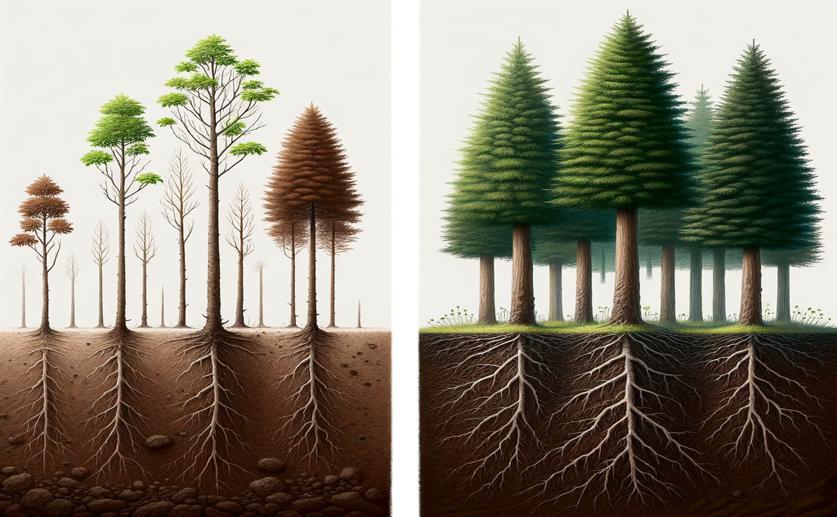
Growth of Young Forest Trees in Peat-Free and Low-Peat Soils
Greg Howard
5th May, 2024

Image Source: Natural Science News, 2024
Key Findings
- In Finland, scientists tested alternatives to peat for growing tree seedlings, aiming for more sustainable forestry
- Mixes with at least 50% peat supported growth similar to pure peat; however, pure peat yielded the tallest seedlings
- All alternative growing media tested could produce marketable seedlings, but adjustments in nursery management are needed
AgricultureSustainabilityPlant Science
References
Main Study
1) Growth of Nordic container forest tree seedlings in some peatless and peat-reduced growing media
Published 4th May, 2024
https://doi.org/10.1007/s11056-024-10048-8
Related Studies
2) Effects of compost, biochar and ash mixed in till soil cover of mine tailings on plant growth and bioaccumulation of elements: A growing test in a greenhouse.



 23rd March, 2024 | Jenn Hoskins
23rd March, 2024 | Jenn Hoskins